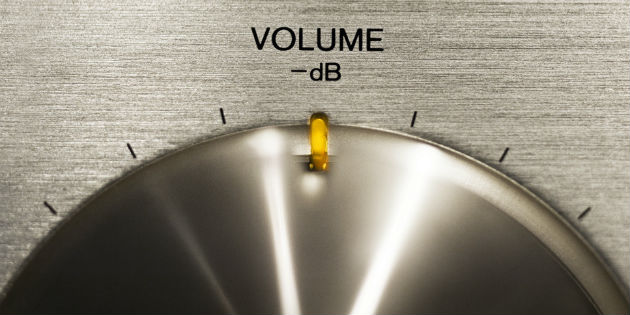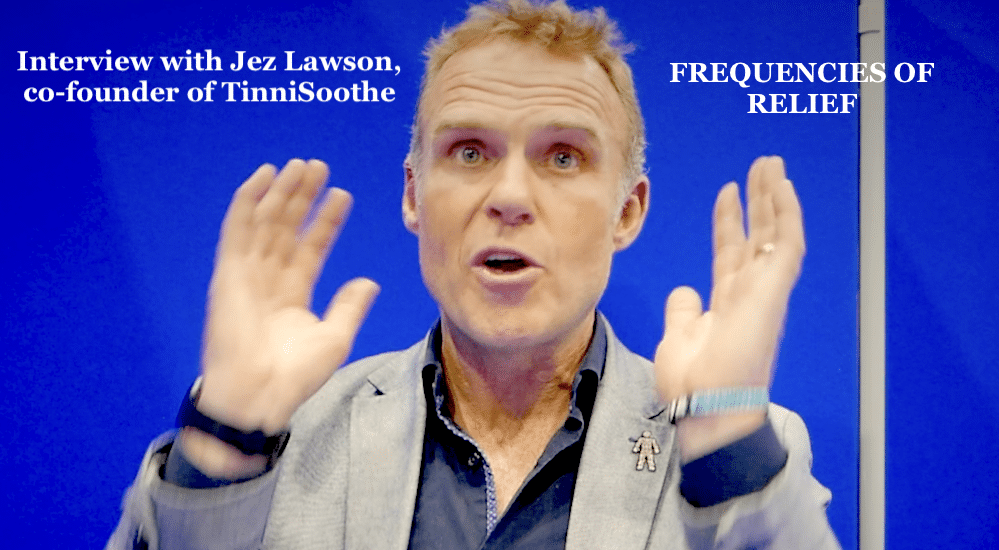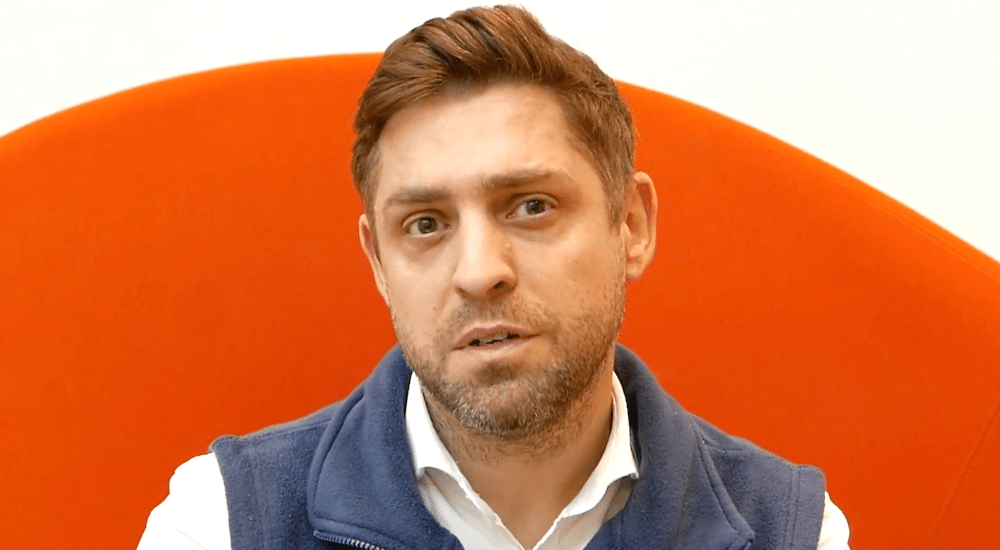European D-Noise project for customised sound equalisation
Sound fields
A joint European laboratory project combining research initiatives by the Polytechnic University of Valencia and Belgium's KU Leuven university has developed D-Noise, a new system that eliminates low frequencies from immediate surroundings and creates sound fields "on demand".

Although the jury is still out on the system’s potential for audiometric testing in hearing practices and its comfort in hearing aid use at home, its creators summarise the benefits with a graphic metaphor: “Flights in which you don’t hear the plane’s engines, and siestas without any noise around you… and without using headphones.”
The ultimate aim of the European D-Noise project may have been to bring comfort to people while travelling or, in general, in their homes, but researchers are now looking at its possible application for hearing tests in audiology practices. To date, the labs of the Polytechnic University of Valencia’s Institute of Telecommunications and Multimedia Applications (iTEAM) have run their first tests on the system, installing it in an office desk chair and letting users activate the controls through a tablet to create a “desired” sound field around them, setting the sound equalisation to their “comfort”, or even eliminating it, explain sources at this further education centre.
“Our aim was to bring hearing comfort to passengers on planes, trains and cars, as well as for users at home. The system we have developed allows you to hide the low-frequency sounds that become annoying in these cases. Without the need to use headphones, users can shut out these noises and enjoy optimum acoustic conditions in their surroundings,” points out iTEAM researcher, Alberto González.
The prototype for these first practical use trials incorporates a variety of microphones to register the sound, plus two speakers situated high up on a big office chair. “This allows the user to attenuate low sounds or even make them disappear. The system captures the signal and counters it with another noise to achieve the attenuation or cancelling out. This would be its main application, but it could also be used in the opposite way: imagine if you need to simulate the sound of a Ferrari engine; this system allows you to do that,” explains González.
The main benefits of the prototype are its versatility, scalability, and distributive nature. Its creators have also confirmed that it does not only work when installed in a single chair; it can also interact with another prototype placed close by. The systems interconnect, providing “distributive processing”, working together by exchanging information across the network, in such a way that users can set up one sound field around them, and another totally different one next to that. Through these conditions, the system can simultaneously bring hearing comfort to different people exposed to high noise levels. “This is radically different to current systems in which each node has the aim of assuring hearing comfort for each passenger on an individual basis,” stresses the Valencian supervisor of this European project.
Finalist for an EU Excellent Science Award
This joint work by researchers at the Valencia UPV and another team at KU Leuven in Belgium has been shortlisted for the final stage of the “EU Innovator Radar Prize” in the Excellent Science category. The winner will be chosen by a website public vote, and has so far received support from 1,357 people. D-Noise is, therefore, considered excellent science. It is financed by the FED Open de Horizon2020 programme. It began in May, 2017 and will finish towards the end of 2018.
 Sign in
Sign in

